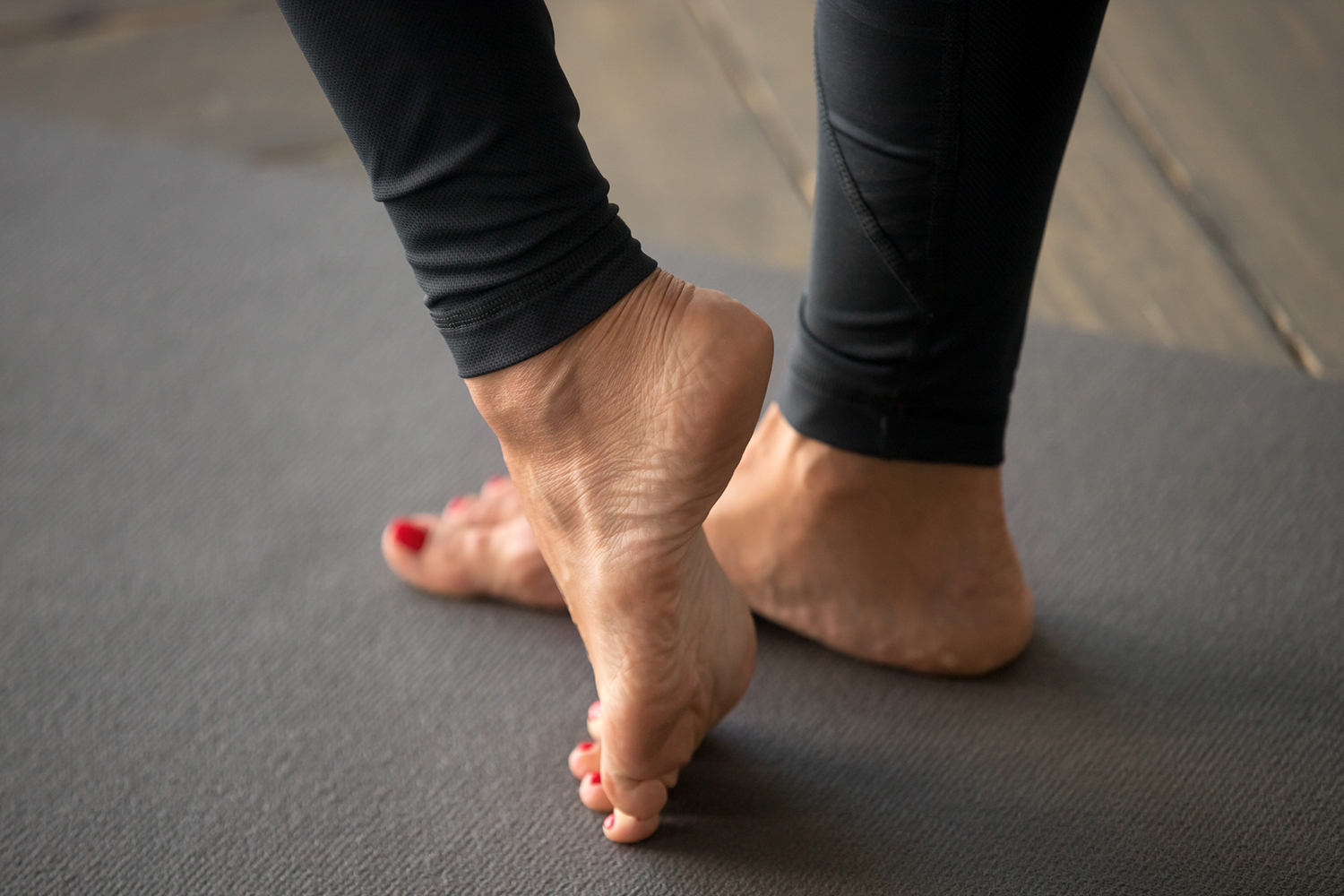Spraining your ankle means more than the immediate prospect of pain and rehabilitation. You’ve also increased your risk of future sprains by 40 to 70 percent and your chances of developing osteoarthritis as well. It’s best to avoid a sprain altogether.
Know Your Risk
Anyone who has hurt an ankle by tripping over a curb, catching a high heel, or slipping on an icy patch knows that sprains can happen anytime, anywhere. Not everyone is at equal risk, however.
If you’ve suffered an ankle sprain in the past, you may be at greater risk if your rehabilitation was insufficient. Perhaps you have trouble with proprioception—the ability to feel where joints are. When you don’t have a strong sense of where your ankle is, your muscles have a harder time helping you avoid sprains.
Finally, you just might be born with a propensity toward sprains. Does your ankle roll a lot? Are your muscles weak? Is your sense of balance off? You might be more likely to suffer ankle injury.
Prevent Ankle Problems
Sprains are due, in part, to weakness and/or poor ankle flexibility. But experts now believe that the ability to control and balance the entire leg plays more of a role in sprain prevention than the ankle alone. Exercises that focus on the entire leg, not just the ankle, provide greater protection.
If you’re at increased risk, an ankle brace (of the type that laces) may reduce the likelihood of a sprain, especially if you have loose joints. Tape, which typically loosens dramatically during the first 20 minutes of activity, provides little benefit.
Exercises to Strengthen Ankles
Here are a few examples of the many exercises that help strengthen ankles and other sprain-related parts of the leg, as well as increase flexibility and balance.
-
Strengthening
Sit on a chair next to a wall. Place one foot flat on the floor, touching the wall. Push towards the wall. Hold for three seconds. Repeat 20 times, for three sets. Switch feet. Once you have done this with each foot, place your feet flat on the floor touching each other. Push one foot inward toward the other foot and hold for three seconds. Repeat 20 times, for three sets, and then perform the same exercise with your other foot.
-
Increase Flexibility
Standing, place your hands on a wall. Place one foot in front and one foot behind, both with toes facing the wall and heels down. Keeping the back leg straight, bend the front knee until you feel a pull in the back leg calf. Hold for several seconds and then switch legs. Repeat for six sets.
-
Improve Balance
Stand on one leg. Keep standing. Sounds easy, but for sprain sufferers, this simple exercise can prove difficult. Move the other leg, reaching it forward, backward, and sideways, holding the leg for a few seconds in each position. This exercise improves balance not only in your ankles but also in knees and hips.
Pain, Pain Go Away!
Should you find yourself nursing a sprain, several natural remedies may provide relief and help speed healing.
-
Arnica
Arnica (Arnica montana) is often the first choice of homeopaths for treating sprains. Available in ointment and cream forms, arnica can be applied topically to the injured area, but prolonged use may irritate skin.
-
Apis
Apis (Apis mellifica), derived from the honeybee, is sometimes advised for sprains.
-
Byronia
Byronia (Byronia alba) is useful for sore joints, strains, and sprains; take only the recommended dose.
-
Rhus tox
Rhus tox (Rhus toxicodendron), available in pellet and tincture forms, may be effective in treating sprains.



